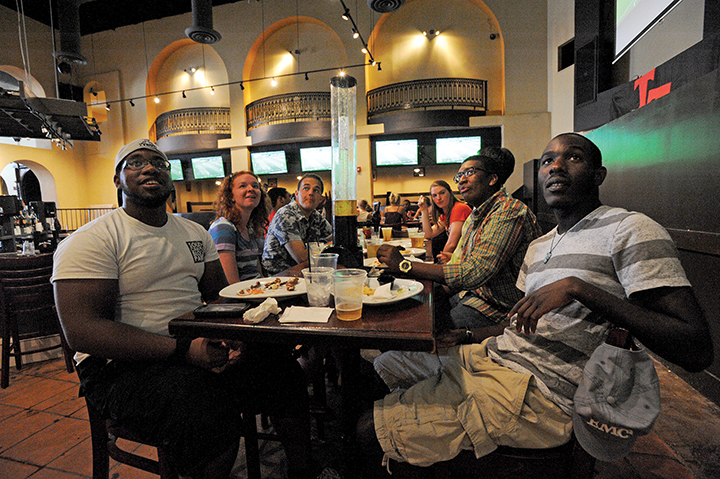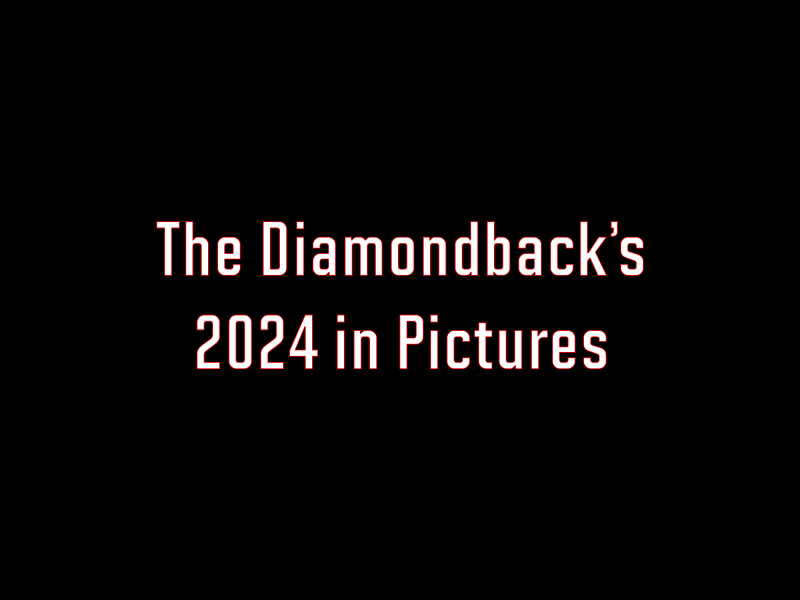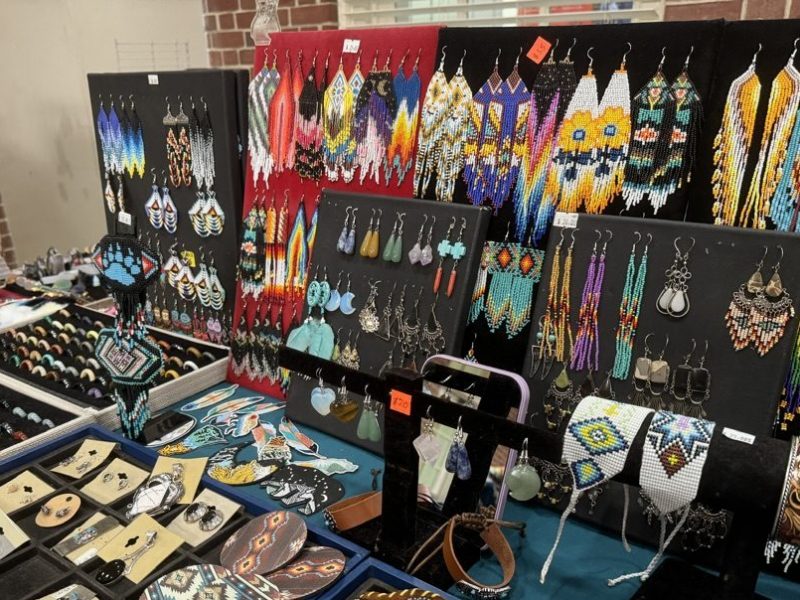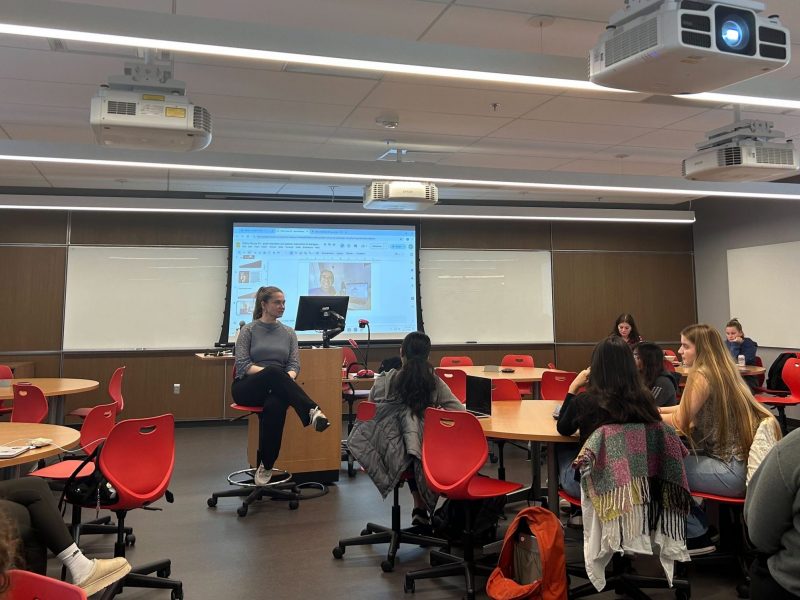
Fans sit, discuss, and cheer during the World Cup semi-finals between Brazil and Germany at Terrapin’s Turf in College Park on July 8, 2014.
Even though Belgium knocked the United States out of the World Cup last week, soccer fans continue to crowd College Park bars, houses and anywhere they can find a TV to follow the competition.
This summer, people all over the campus and throughout different countries have turned their eyes to Brazil — a nation of about 200 million, many of whom view soccer like a religion — to follow the World Cup.
This captivation some call “soccer fever” seemed to spread wildly, especially for this country’s team. This year’s 23-man U.S. roster included two former Terps, Graham Zusi and Omar Gonzalez, who were both part of the 2008 National Championship winning team.
This university provides a space to watch these games: Several students and faculty members gathered weekly at TerpZone in Stamp Student Union to watch the U.S. matches, but every game brings a crowd, said TerpZone Program Coordinator Kevin Alexander.
“The atmosphere is similar to if you were at the actual game,” Alexander said. “It is packed. Every kick causes a roar. You would think from the atmosphere that the game was going on in College Park.”
Looney’s Pub also has become a popular spot for students and College Park community members to watch the games and support the former Terps.
“During the U.S. games, Looney’s is packed,” said Sammi Perlroth, a senior communication major who works at Looney’s. “The atmosphere in the bar is electric. I think people enjoy coming to Looney’s to watch the games because the World Cup is centered around international cooperation and camaraderie, and what better place to find that than a university campus bar?”
In this country, the U.S. team’s match against Portugal this year averaged 24.7 million viewers, according to the Nielsen ratings company. That’s more than 6 million more viewers than this year’s NBA Finals, according to the Associated Press.
Until the World Cup was held in this country in 1994, many Americans had never seen a full soccer match, while the rest of the world’s love for soccer was growing. And until 1990, the U.S. soccer team had not qualified for the World Cup since 1950.
But two years after the World Cup came to this country, Major League Soccer emerged, a professional league that gave many Americans a local soccer team to cheer for. Soccer then took on a different form of popularity in this country.
Subsequent World Cup games and several U.S. team successes brought in more soccer fans of all ages, who now do whatever they can to support it on and off of college campuses.
Maria Lyon, a senior kinesiology major who works for the intramural sports program, said she’s shocked by the intensity of the students’ investment in the games on the campus.
“Intramural participants have rescheduled their games this summer so that they can watch World Cup games,” she said. “It’s been kind of surprising that soccer fever has been so widespread.”
With everyone watching the World Cup, business at bars grow:
[ READ MORE: College Park bars see spike in business because World Cup ]



